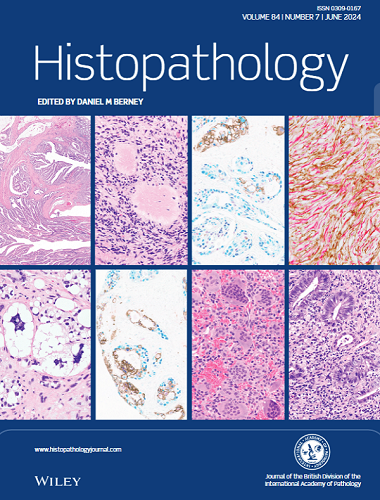Vascular flow alteration is a dominant pattern of liver pathology in patients with orthotopic lung transplants: a retrospective observational study
Abstract
Aims
The number of orthotopic lung transplants (OLT) has skyrocketed since the 1960s, generating an ever-increasing cohort of post-OLT patients. Many challenges exist in the post-OLT timeframe, including donor graft dysfunction, infection, malignancy, and immunosuppression-related conditions. A rather elusive topic in the posttransplant setting remains the impact of the underlying disease process and donor lungs on other organ systems and the complications arising from the complex physiologic interactions. The liver represents a vital organ often impacted in many ways by the lung transplant procedure. Also, there is a higher likelihood of adverse outcomes in OLT recipients who have significant liver pathology. Yet little is known about the morphologic changes in liver after patients have received an OLT. In this study we retrospectively reviewed liver pathology cases obtained after the patient received an OLT.
Methods and results
Histology was reviewed by three pathologists and evaluated with a standardized checklist format. In our cohort, we found morphologic features of hepatic injury in the form of vascular outflow obstruction, nodular regenerative hyperplasia, portal vessel changes, and steatosis/steatohepatitis, but there was a striking absence of advanced fibrosis in our cohort.
Conclusion
Here we present the first comprehensive account of morphologic changes in livers of post-OLT patients. We believe that this information will aid clinical decision-making during monitoring of hepatic function and fibrosis in patients with OLT and other complex pulmonary diagnoses.


 求助内容:
求助内容: 应助结果提醒方式:
应助结果提醒方式:


